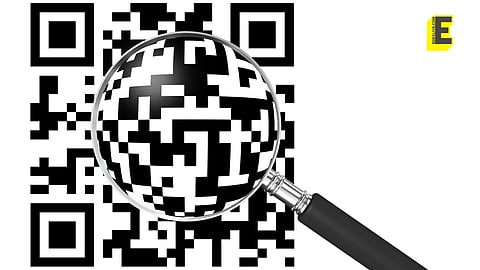

From UPI payments to restaurant menus, QR codes have quietly become a huge part of our daily lives. But have you ever wondered where it all began?
Long before smartphones and contactless payments, in 1994, a quiet breakthrough was brewing inside the Research and Development (R&D) labs of Tokyo’s Denso Wave, the Japanese automotive parts maker.
Senior engineer Masahiro Hara had a simple but stubborn problem: traditional barcodes were slowing down factory lines. They held too little data, demanded precise scanner alignment, and jammed production speed.
One off‑duty evening changed everything. Relaxing over a game of Go (a strategy board game for two players), Hara noticed how clusters of black‑and‑white stones could be read in any direction and still convey complex patterns. If a board could hold layered meaning, why couldn’t a product label?
The idea became the blueprint for a new kind of code: two‑dimensional, error‑tolerant, and scannable from every angle.
Within a few months, Hara’s team developed a prototype that outperformed the traditional barcode on every front. It could be scanned from any angle, handled up to 30% damage without failing, and store hundreds of times more information than the old one-dimensional stripe patterns.
They named it the Quick Response (QR) Code.
First, Japan’s auto industry adopted it, followed by logistics firms, ticketing, and payments. Once camera phones became standard, nearly every sector of daily life took to it as well.
Today, QR codes have become a part of daily life, used for everything from contact-free restaurant menus and UPI payment gateways to patient wristbands in hospitals, boarding passes, and virtual event check-ins. The list of uses keeps growing.
QR codes have even bridged the physical‑digital divide for billions during the pandemic, from vaccination certificates to small‑shop digital wallets.
While Masahiro Hara never patented the design for royalty fees, Denso Wave published it openly, accelerating adoption. He remains largely unknown outside tech circles, yet his creation sits on every smartphone camera app by default.
